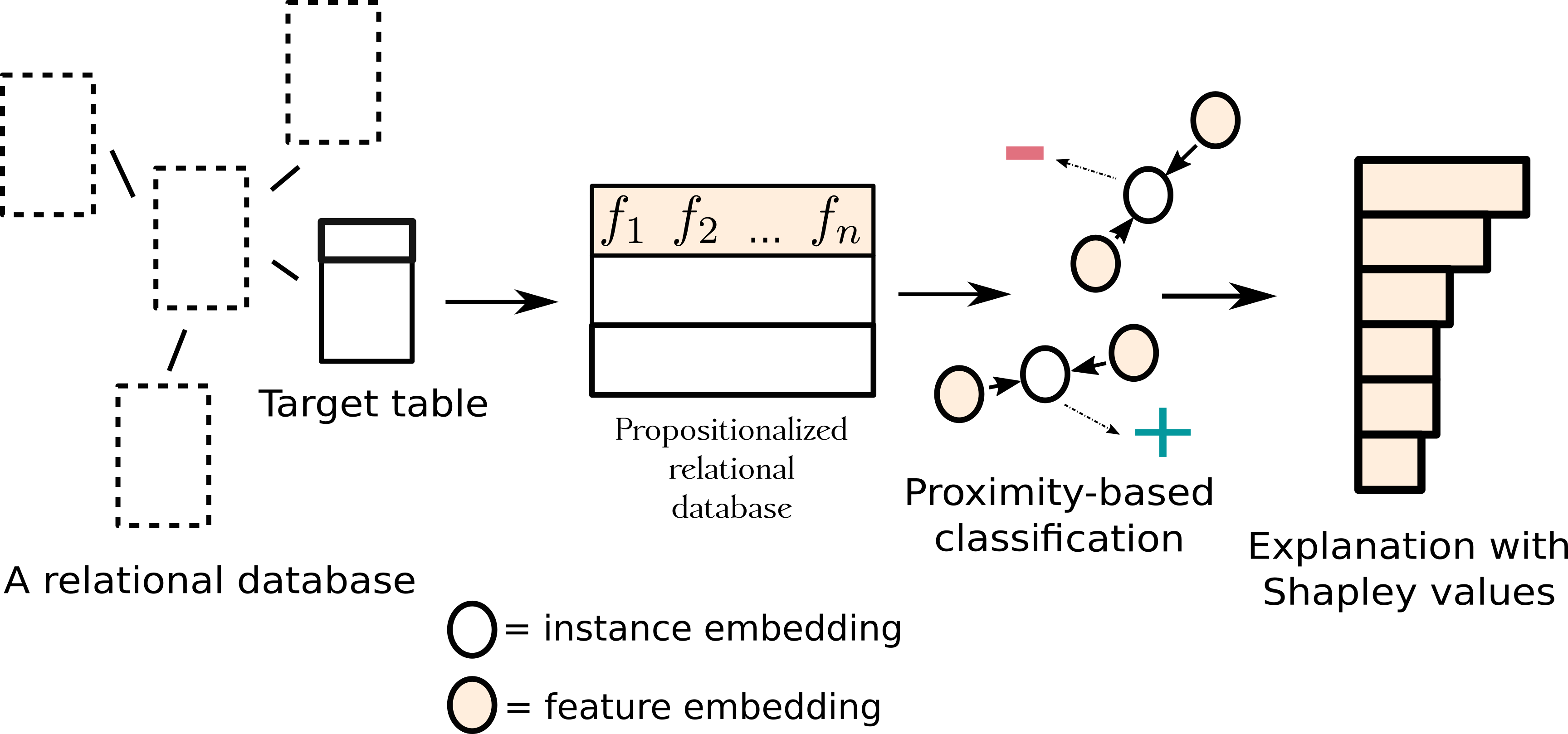Propositionalization and Embeddings: Two Sides of the Same Coin
Data preprocessing is an important component of machine learning pipelines, which requires ample time and resources. An integral part of preprocessing is data transformation into the format required by a given learning algorithm. This paper outlines some of the modern data processing techniques used in relational learning that enable data fusion from different input data types and formats into a single table data representation, focusing on the propositionalization and embedding data transformation approaches. While both approaches aim at transforming data into tabular data format, they use different terminology and task definitions, are perceived to address different goals, and are used in different contexts. This paper contributes a unifying framework that allows for improved understanding of these two data transformation techniques by presenting their unified definitions, and by explaining the similarities and differences between the two approaches as variants of a unified complex data transformation task. In addition to the unifying framework, the novelty of this paper is a unifying methodology combining propositionalization and embeddings, which benefits from the advantages of both in solving complex data transformation and learning tasks. We present two efficient implementations of the unifying methodology: an instance-based PropDRM approach, and a feature-based PropStar approach to data transformation and learning, together with their empirical evaluation on several relational problems. The results show that the new algorithms can outperform existing relational learners and can solve much larger problems.
PDF Abstract

